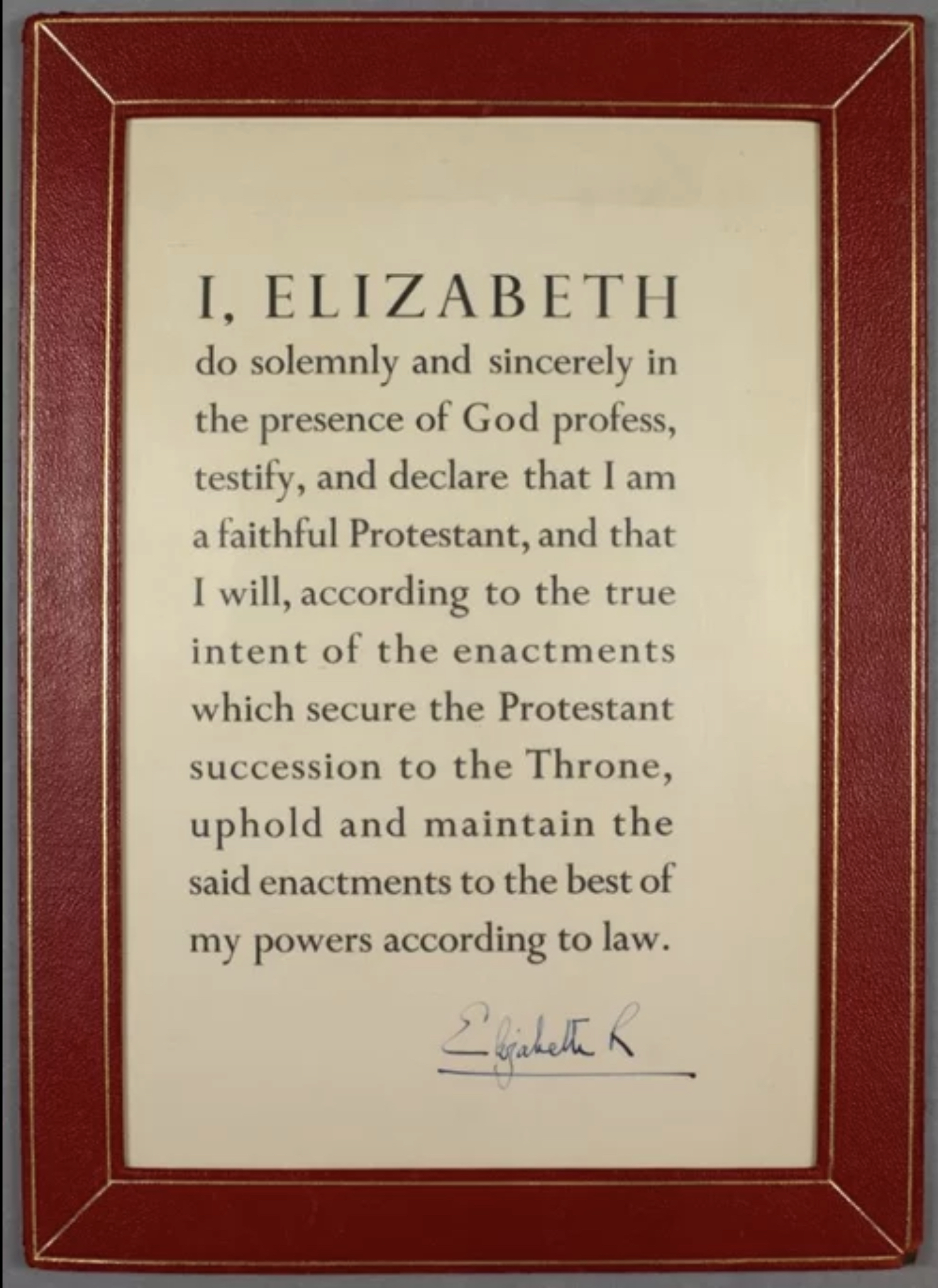One of the main items associated with the Accession of the Queen is the official declaration printed and publicly displayed.
Description
Accession Declaration of Elizabeth II, 1952
Elizabeth was staying in Kenya with her husband Prince Phillip when she heard of the death of her father King George VI, on 6 February 1952. Without delay, she returned home where she was proclaimed, ‘Queen Elizabeth II’ aged just 25. Elizabeth’s succession to the throne was proclaimed at an Accession Council. This took place in St James’s Palace and was attended by members of the Privy Council, the Lord Mayor and Aldermen of the City of London.
This day is celebrated annually as Accession Day and formed part of our Jubilee celebrations earlier this year. The official notice of the declaration and oath taken was made publicly known as the ceremony itself was not televised.

Nine months later, Elizabeth II attended her first State Opening of Parliament on 4 November 1952 where she read and signed the Accession Declaration pictured. She then made her first Queen’s Speech to Parliament.
Accession Declaration of Elizabeth II, 4 Nov 1952
Parliamentary Archives, HL/PO/JO/10/11/247A
Parliamentary Archives
Houses of Parliament
